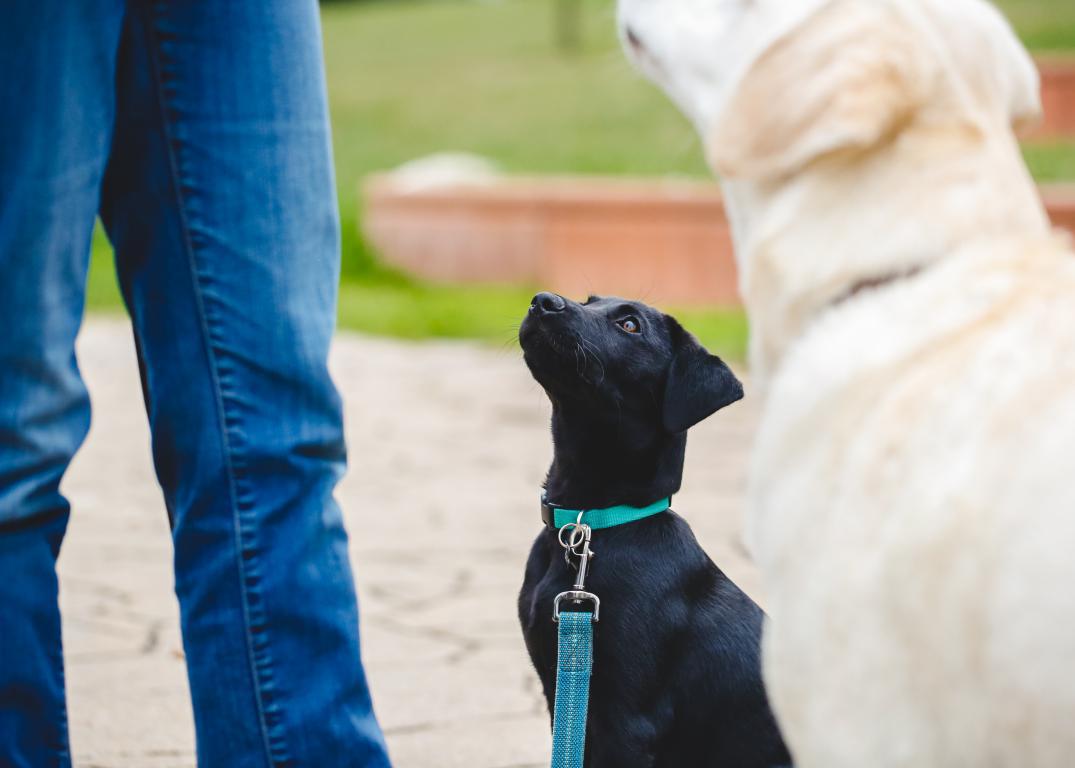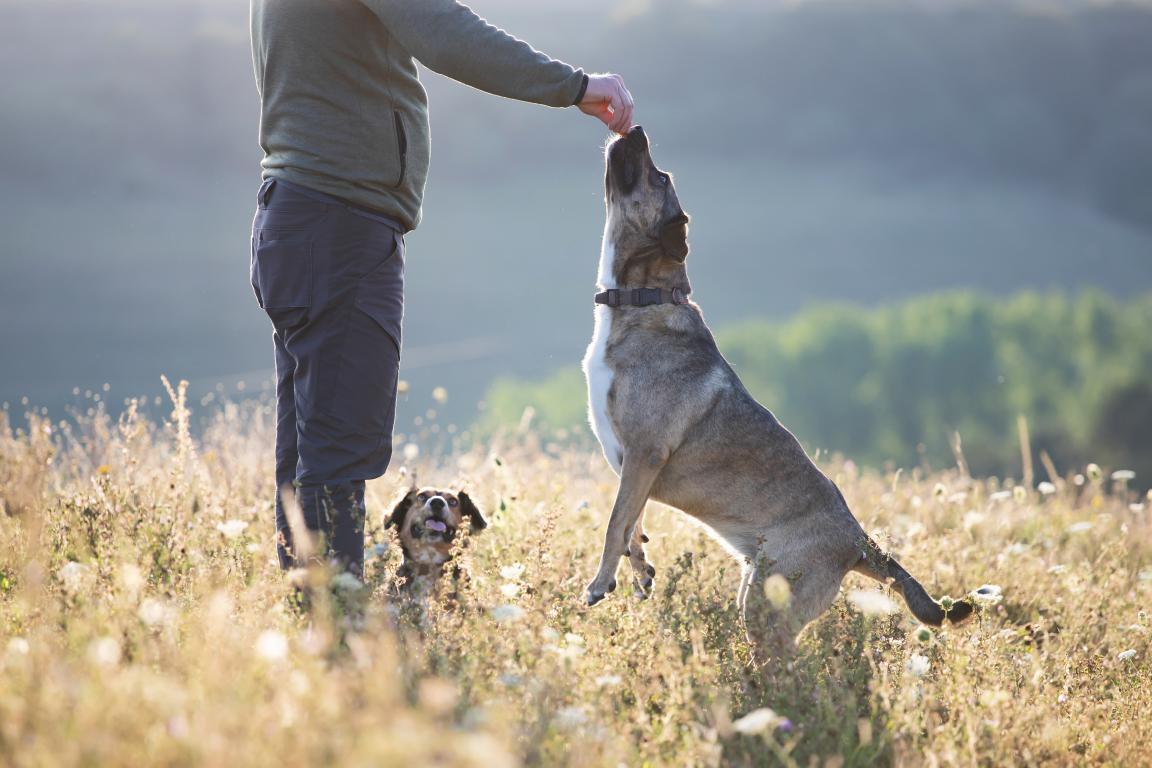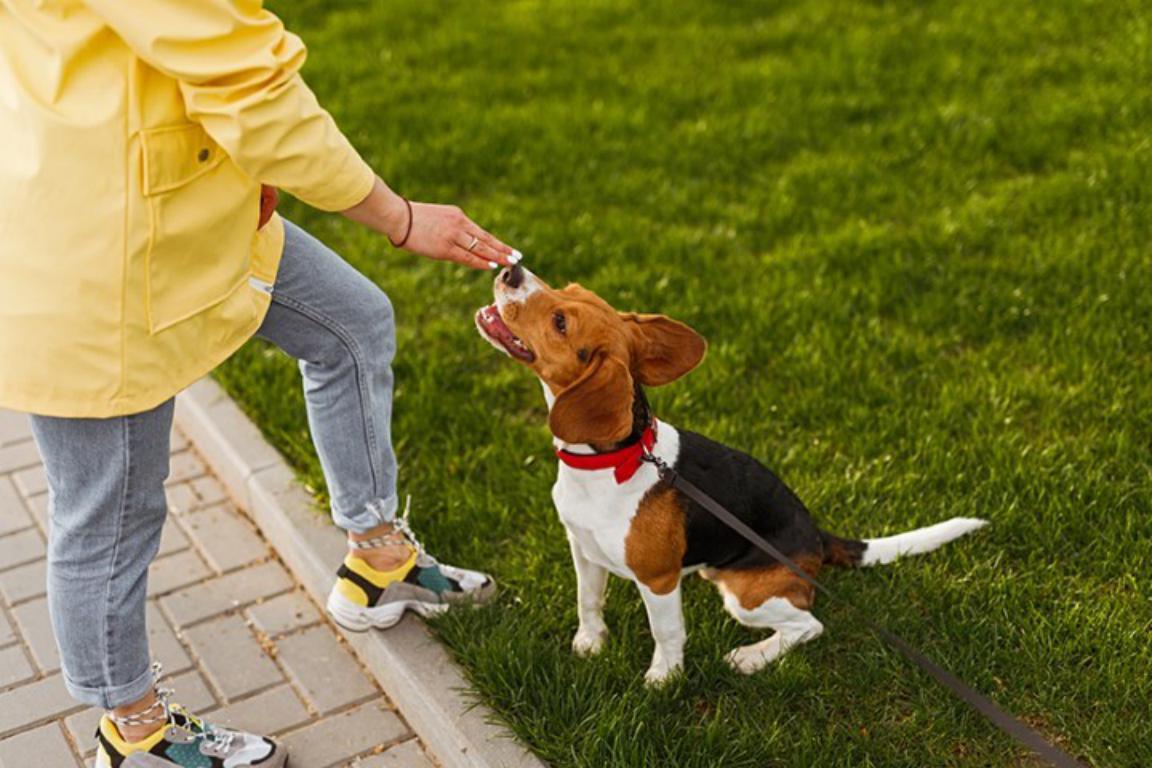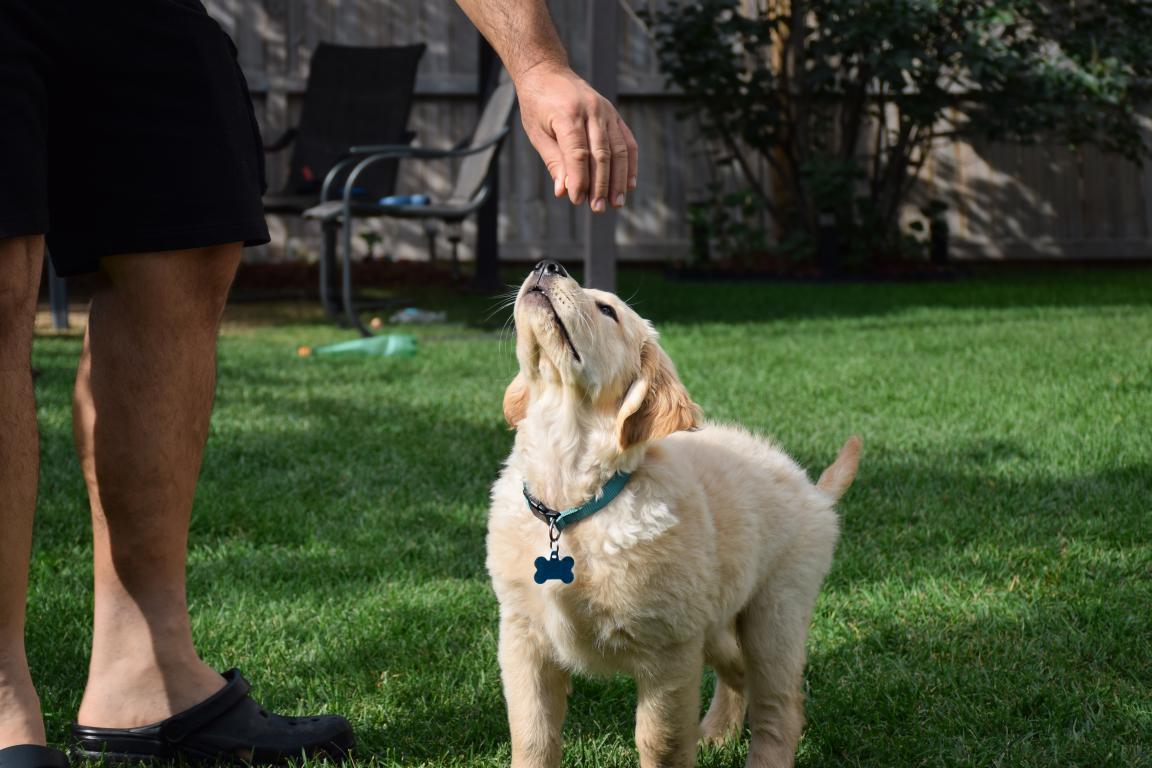Bio-degradable cards
Every card imaginable!
|
Bio-degradable cards Every card imaginable! Everything You Need to Know About Medical Alert Dogs and Their Training
Understanding the Basics of Training a Medical Alert DogWhat is a medical alert dog, and how do they work?A medical alert dog is specially trained to detect specific medical conditions or the onset of a medical crisis, such as a seizure or a drop in blood sugar levels. These dogs use their keen sense of smell, coupled with their ability to sense subtle changes in their owner's body language, to detect and alert their owner to the impending issue. For example, a dog trained to detect hypoglycemia in diabetics can sense the chemical changes in their owner's body and alert them before their blood sugar levels drop too low. What breeds are best suited for becoming medical alert dogs?While many breeds can be trained as medical alert dogs, some are more naturally suited to the task due to their temperament, intelligence, and olfactory abilities. Popular breeds include Labrador Retrievers, Golden Retrievers, Poodles, and German Shepherds. However, mixed breeds with the right characteristics can also excel in this role. The key is selecting a dog with a calm temperament, a strong desire to please, and an ability to focus on the task at hand. How long does it take to train a medical alert dog?The training process for a medical alert dog can take anywhere from six months to two years, depending on the complexity of the condition being monitored and the dog's individual abilities. Training typically involves basic obedience training followed by specialised scent training and task-specific training. The dog's progress, the consistency of training, and the partnership between the dog and its owner all play crucial roles in determining the time required. Can I train my own dog to become a medical alert dog?Yes, it is possible to train your own dog to become a medical alert dog, but it requires dedication, patience, and the right resources. Professional guidance from a trainer experienced in medical alert dog training is highly recommended. Additionally, the dog must have the right temperament and skills for the job. Self-training can be a rewarding experience, but it is essential to recognise that not every dog will be successful in this role. 
The Training Process: Step-by-Step GuidanceWhat are the first steps in training a medical alert dog?The first step in training a medical alert dog is basic obedience training. The dog must learn to follow commands reliably, remain calm in various environments, and focus on its handler. Once basic obedience is established, the training can move on to more specific tasks. Early socialisation is also critical, ensuring that the dog is comfortable in different situations and with various people. How do you teach a medical alert dog to detect specific medical conditions?Teaching a medical alert dog to detect a specific medical condition involves scent training and behavioural conditioning. For example, if training a dog to detect low blood sugar, the trainer would expose the dog to the scent of saliva samples from the owner during a hypoglycemic episode. Over time, the dog learns to associate the scent with the need to alert the owner. Repetition and positive reinforcement are essential in this process. What tools or techniques are commonly used in medical alert dog training?Common tools used in medical alert dog training include scent samples, clickers for positive reinforcement, and treats for rewards. Techniques include gradual exposure to the scent or stimulus, consistent reinforcement of the desired behaviour, and the use of specific commands associated with the alert. Patience and repetition are key to ensuring the dog consistently performs the required tasks. How do you reinforce medical alert behaviours over time?Reinforcing medical alert behaviours over time requires ongoing practice and consistency. Regularly exposing the dog to the scent or stimulus associated with the medical condition and rewarding them for correct responses helps maintain the dog's alerting skills. Additionally, integrating these behaviours into the dog's daily routine ensures they remain attentive to changes in their owner's condition. 
Addressing Challenges and Ensuring Success when Training a Medical Alert DogWhat are common challenges faced when training a medical alert dog?Common challenges in training a medical alert dog include the dog's inability to consistently detect the scent or signal, distractions in the environment, or the dog's temperament not being well-suited to the task. Overcoming these challenges requires patience, consistent training, and, in some cases, seeking professional guidance from an experienced trainer. How do you handle setbacks during the training process?Handling setbacks during the training process involves remaining patient and not pushing the dog too quickly. If a setback occurs, it may be necessary to revisit earlier stages of training to reinforce the desired behaviour. Adjusting the training environment to reduce distractions or using higher-value rewards can also help refocus the dog. It’s important to remember that progress can vary, and setbacks are a natural part of the learning process. Can a medical alert dog lose their ability to detect medical conditions?Yes, a medical alert dog can potentially lose their ability to detect medical conditions if their training is not maintained or if they become desensitised to the signals. Regular practice and reinforcement are essential to keep the dog's skills sharp. If the dog begins to miss alerts, it may be necessary to revisit training or consult with a professional trainer to address the issue. What should you do if your medical alert dog isn’t responding as expected?If your medical alert dog isn’t responding as expected, the first step is to assess whether there have been any changes in the environment, routine, or the dog's health that could be affecting their performance. Reinforcing basic training, ensuring the dog is focused during practice sessions, and consulting with a professional trainer can help address the issue. It’s also important to rule out any medical issues that could be affecting the dog’s abilities. 
Legal and Lifestyle Considerations for Medical Alert DogsAre there any legal requirements for having a medical alert dog?In the UK, medical alert dogs are classified as assistance dogs, which means they enjoy the same legal rights as guide dogs. This allows them access to public spaces, including shops, restaurants, and public transport. While it’s crucial that the dog is well-trained and behaves appropriately in these settings, formal certification or identification for assistance dogs isn’t legally required. However, some organisations may offer certification or identification to assist with public recognition. Can a medical alert dog be trained to perform other tasks as well?Absolutely, medical alert dogs can be trained to handle additional tasks beyond their primary role. These tasks might include fetching medication, offering comfort during medical episodes, or even helping with mobility challenges. The ability to perform multiple tasks makes medical alert dogs highly valuable for people who require various forms of assistance, enhancing their overall quality of life. What are the costs involved in training a medical alert dog?The cost of training a medical alert dog can vary significantly based on the approach taken. If you opt for self-training with professional guidance, the expenses could amount to a few thousand pounds. On the other hand, acquiring a fully trained medical alert dog from a specialised organisation might cost over £20,000. It’s essential to account not only for the initial costs but also for the ongoing expenses related to maintaining the dog’s training and general care. How does having a medical alert dog impact daily life?Owning a medical alert dog can greatly influence your daily routine, bringing both advantages and responsibilities. On the positive side, a medical alert dog can offer increased independence, provide peace of mind, and deliver crucial alerts that could save lives. However, the commitment doesn’t end with these benefits; owning such a dog requires continuous training, dedicated care, and ensuring the dog’s overall well-being. Integrating the dog into your everyday activities and staying consistent with their training are key to a successful partnership.
© 2024 The Card Project Uk Ltd
VAT: 453 2087 06
|